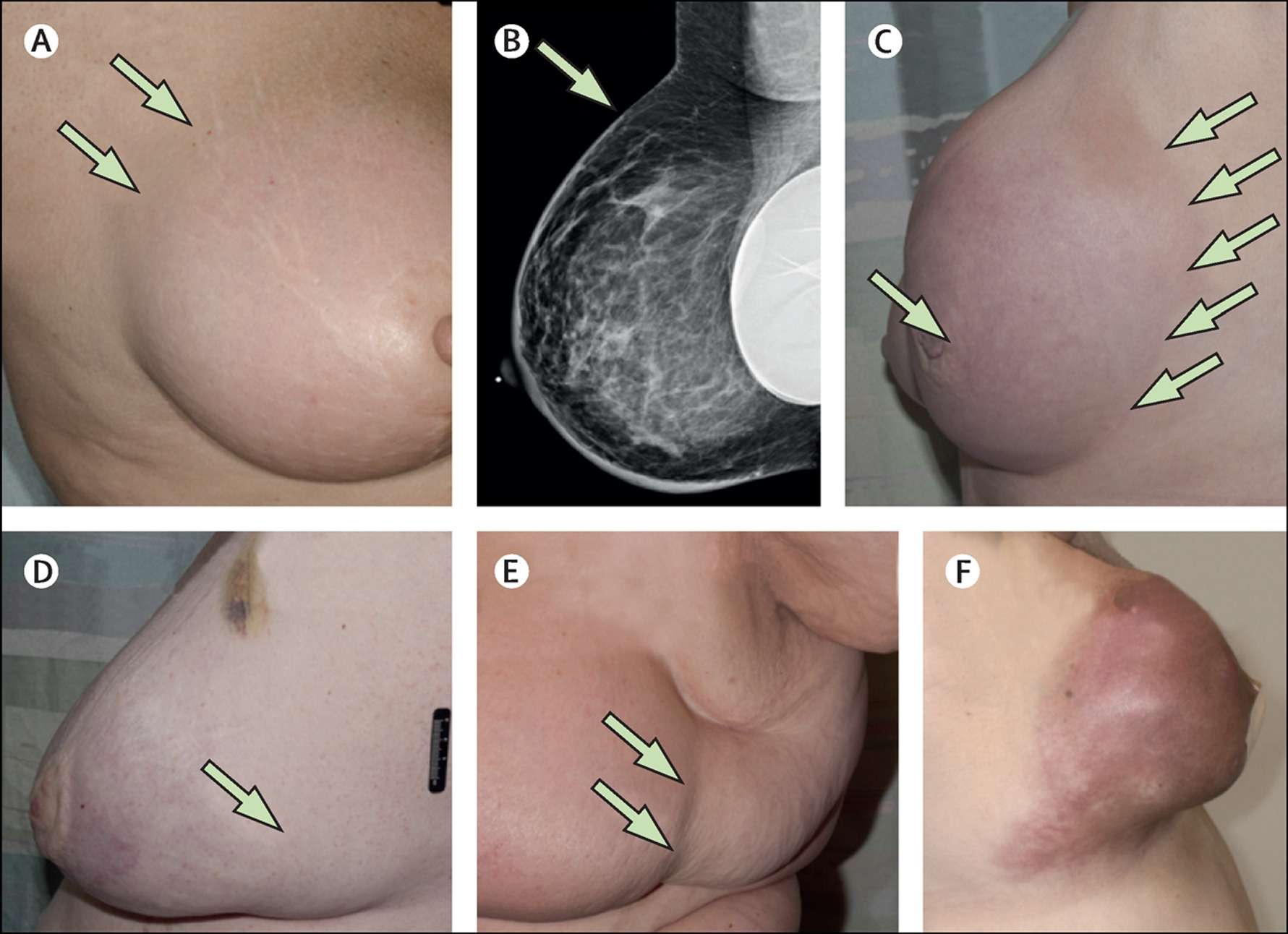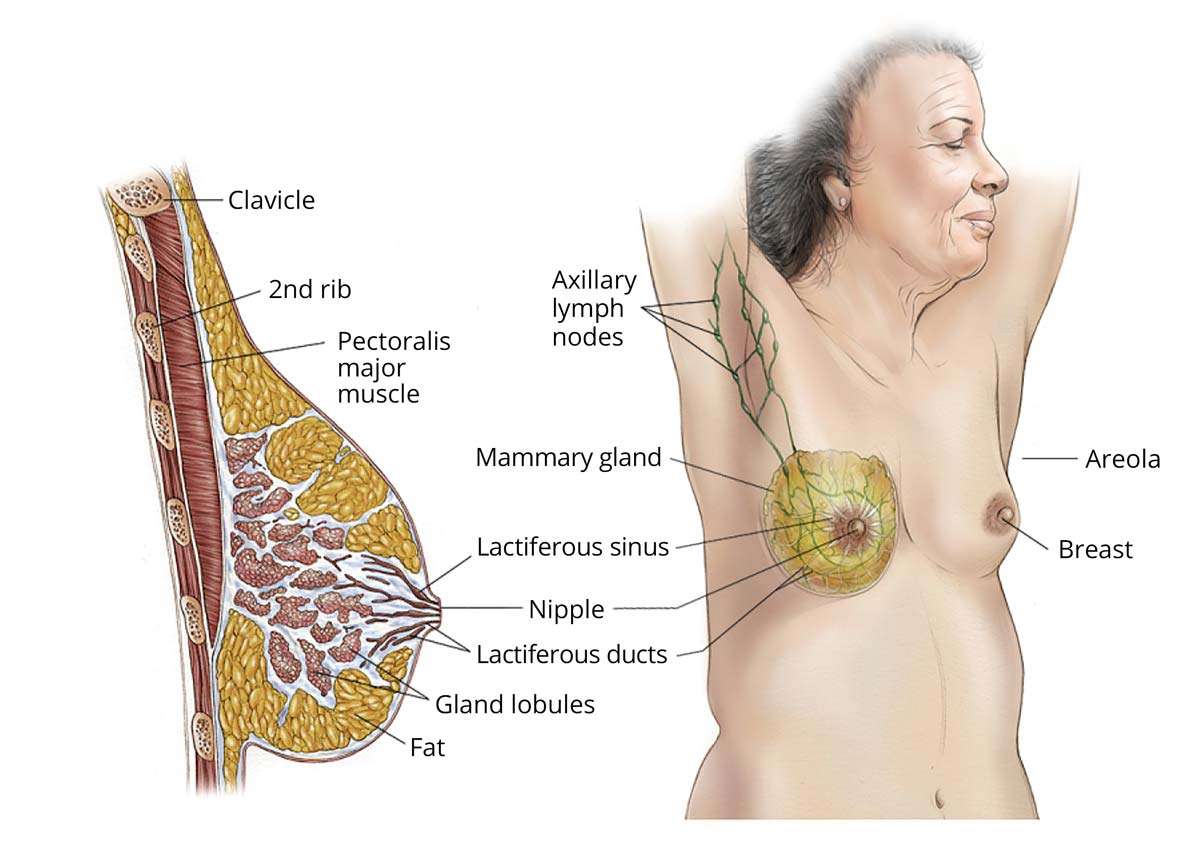Title: Breast Cancer: Signs, Symptoms, Causes, Risk Factors, Diagnosis, Prevention, Diet, Lifestyle, and Homoeopathic Medicine
Introduction:
Breast cancer is a prevalent form of cancer that affects both men and women. It is crucial to understand the signs, symptoms, causes, risk factors, diagnosis methods, prevention strategies, diet and lifestyle considerations, and the potential role of homoeopathic medicine in managing breast cancer. In this blog post, we will delve into the key aspects of breast cancer and explore a holistic approach to its treatment.
Signs and Symptoms of Breast Cancer:
1. Breast lump or thickening: A hard or painless lump or thickened area in the breast tissue.
2. Changes in breast size or shape: Swelling, distortion, or noticeable changes in breast contour.
3. Nipple changes: Nipple inversion, redness, scaliness, or discharge (other than breast milk).
4. Breast or nipple pain: Unexplained pain or discomfort in the breast or nipple area.
5. Skin changes: Dimpling, puckering, or skin texture changes resembling an orange peel.
6. Lymph node enlargement: Swollen lymph nodes in the armpit or collarbone area.
Common Causes and Risk Factors of Breast Cancer:
1. Genetic factors: Inherited gene mutations, such as BRCA1 and BRCA2, increase the risk of developing breast cancer.
2. Age and gender: The risk of breast cancer increases with age, and it is more common in women.
3. Hormonal factors: Prolonged exposure to estrogen, early menstruation, late menopause, and hormone replacement therapy can increase the risk.
4. Personal or family history: Previous breast cancer diagnosis or a family history of breast or ovarian cancer can elevate the risk.
5. Lifestyle factors: Obesity, excessive alcohol consumption, sedentary lifestyle, and smoking can contribute to the development of breast cancer.
Diagnosis and Prevention of Breast Cancer:
1. Diagnosis:
- Mammography: X-ray imaging to detect abnormalities in breast tissue.
- Breast ultrasound: Sound waves are used to create images of the breast tissue.
- Biopsy: Removal of a sample of breast tissue for examination to confirm the presence of cancer cells.
- Genetic testing: Assessing genetic mutations that increase the risk of breast cancer.
2. Prevention:
- Regular breast self-examinations: Familiarize yourself with your breast tissue and report any changes to your healthcare provider.
- Clinical breast examinations: Regular check-ups with a healthcare professional to assess breast health.
- Mammograms: Regular mammography screenings as recommended by your healthcare provider.
- Healthy lifestyle choices: Maintain a healthy weight, engage in regular physical activity, limit alcohol consumption, and avoid smoking.
Diet and Lifestyle Considerations:
1. Balanced diet: Consume a nutrient-rich diet, including fruits, vegetables, whole grains, lean proteins, and healthy fats.
2. Limit alcohol intake: Moderate alcohol consumption is recommended, as excessive intake increases the risk of breast cancer.
3. Regular physical activity: Engage in regular exercise, such as brisk walking, jogging, or swimming, for at least 150 minutes per week.
4. Maintain a healthy weight: Strive for a healthy body weight through a combination of a balanced diet and regular exercise.
5. Avoid smoking: Smoking is associated with an increased risk of various cancers, including breast cancer.
Homoeopathic Medicine for Breast Cancer:
Homoeopathy can play a supportive role in managing breast cancer. The selection of homoeopathic remedies is based on the individual's symptoms, overall health, and the stage of cancer. Some commonly used homoeopathic medicines for breast cancer include:
1. Conium maculatum: Indicated for hard, painful
breast lumps with stitching or shooting pains.
2. Phytolacca decandra: Useful for breast lumps that are hard, painful, and accompanied by shooting or radiating pains.
3. Carcinosinum: Considered in cases with a family history of breast cancer or in patients with a constitutional predisposition.
It is essential to consult a qualified homoeopathic practitioner for an accurate diagnosis, personalized treatment plan, and to ensure appropriate integration with conventional cancer treatment.
Conclusion:
Breast cancer is a significant health concern, but early detection and a holistic approach to treatment can improve outcomes. By understanding the signs, symptoms, causes, risk factors, diagnosis methods, prevention strategies, diet and lifestyle considerations, and considering the potential benefits of homoeopathic medicine, individuals can take proactive steps in managing breast cancer. It is important to work closely with healthcare professionals for accurate diagnosis, treatment planning, and ongoing care.


Leave a Message